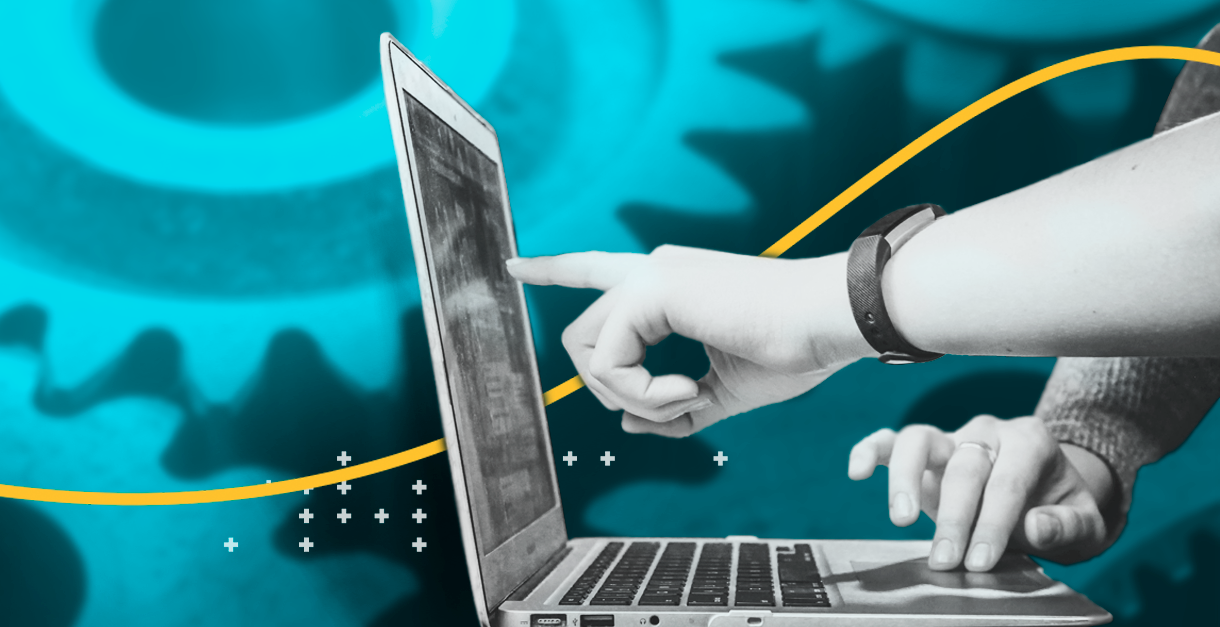Hyperautomation is elected tomorrow’s technological trend
 Zoox Smart Data - 18 de August de 2020.
Zoox Smart Data - 18 de August de 2020.
Pointed by Gartner Report as the number 1 strategic technological trend in its report “Top 10 Strategic Technology Trends for 2020”, Hyperautomation is a growing reality in companies from different sectors.
“The leaders of corporate architecture and technological innovation lack a defined strategy to scale automation with strategic objectives. They must provide end-to-end automation in addition to RPA, combining complementary technologies to augment business processes. ”
Report quote “Move Beyond RPA to Deliver Automation”
What is Hyperautomation?

Hyperautomation is a way to combine and integrate a wide variety of technologies to automate tasks. Not only repetitive tasks but also research, analysis, design, metrification, monitoring, among others.
For this, a combination of Machine Learning, software, and operational tools is used. “It is an inevitable market step in which organizations must identify and automate all possible business processes,” concludes the Gartner report.
RPA is vital, but automation must be end-to-end
RPA (Robotic Process Automation) technology recorded exponential growth in 2019 – 60% compared to 2018 – establishing itself as the fastest-growing software market segment.
Until then, automation was relegated to repetitive tasks, based on rigid or static rules. The RPA is still a valuable player, but it cannot be reduced to him.
“RPA tools can make everyday work easier by removing repetitive tasks. Well-defined integration scripts structure and manipulate data, moving it from one environment to another.”, defines the Gartner Report.
Intelligent business process management packages (iBPMSs)
In addition to RPA, iBPMSs are new to managing long-term processes. An intelligent process management package is an integrated set of technologies that coordinate people, machines, and things.
IBPMSs expands on the BPMS concept, integrating features such as real-time business analysis, complex event processing (CEP), social media, collaboration, and technologies.
It also enables anyone to collaborate or interact with automation decision-making processes. RPA and iBPMSs are highly complementary technologies, and their use together has attracted attention in the market.
Hyper Agile: practices, tools, mindset
Hyper Agile was designed to respond to the significant challenges faced by agile development. It is a more comprehensive method, which aims to optimize processes, with return on investment (ROI) as the primary guiding criterion.
For this, it is common to use the Massive Parallel Virtual Pipelining concept. This concept aims to separate each process to the maximum, since working with sub-processes, the tendency is that more activities can be automated.
A hyperautomated future will only be achieved through working practices and hyper-agile tools. For this, it is necessary to architect the structures with this mindset, equipping the teams with the appropriate tools.
Learn more about Low Touch Model for Tourism and Hospitality in our new e-book:




Comments